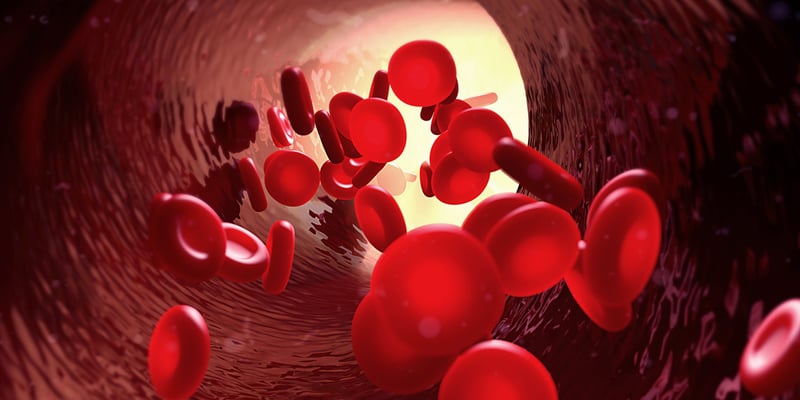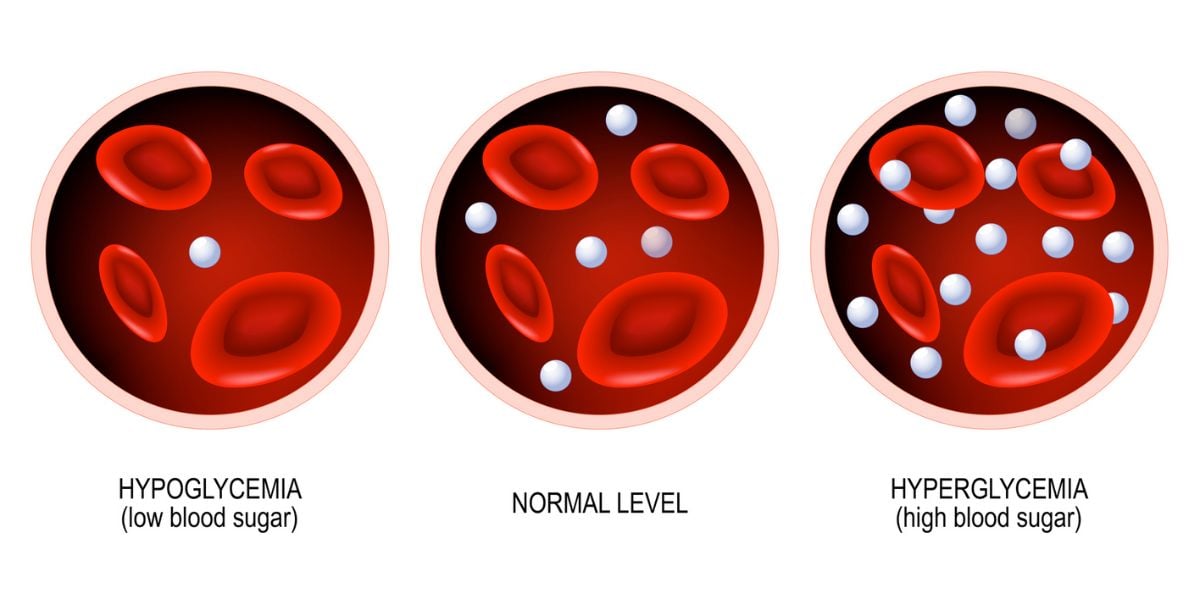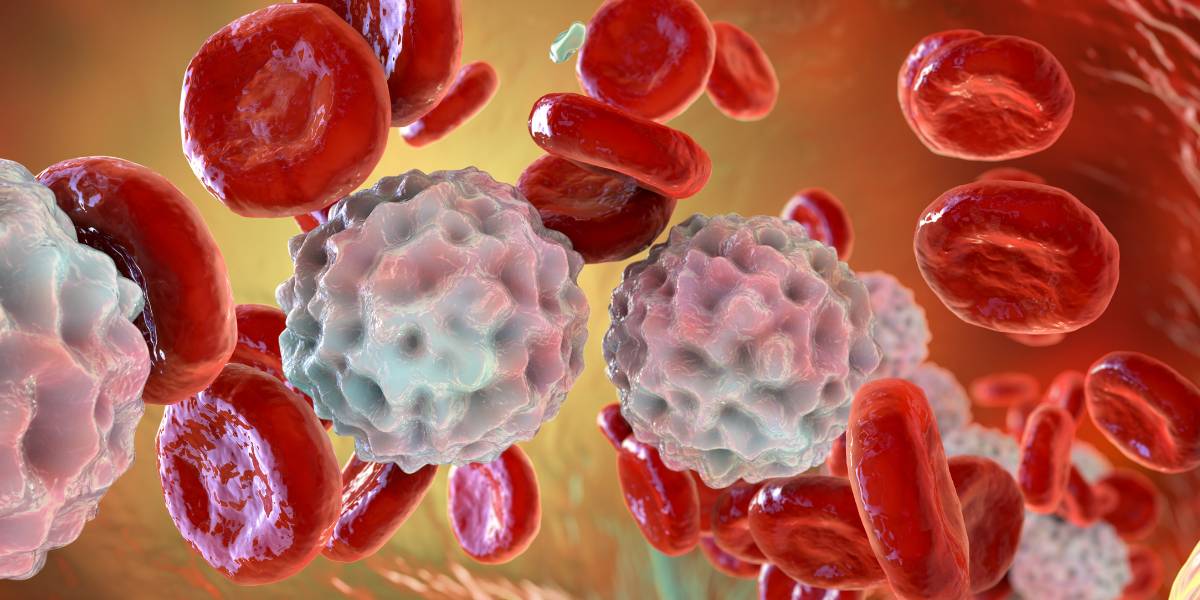Diabetic ketoacidosis (DKA) is a dangerous complication faced by people with diabetes which happens when the body starts running out of insulin.
DKA is most commonly associated with type 1 diabetes , however, people with type 2 diabetes that produce very little of their own insulin may also be affected.
Ketoacidosis is a serious short term complication which can result in coma or even death if it is not treated quickly.
- Read about Diabetes and Ketones
What is diabetic ketoacidosis?
DKA occurs when the body has insufficient insulin to allow enough glucose to enter cells, and so the body switches to burning fatty acids and producing acidic ketone bodies. A high level of ketone bodies in the blood can cause particularly severe illness
Symptoms of DKA
Diabetic ketoacidosis may itself be the symptom of undiagnosed type 1 diabetes.
Typical symptoms of diabetic ketoacidosis include:
- Vomiting
- Dehydration
- An unusual smell on the breath – sometimes compared to the smell of pear drops
- Deep laboured breathing (called kussmaul breathing) or hyperventilation
- Rapid heartbeat
- Confusion and disorientation
- Coma
Symptoms of diabetic ketoacidosis usually evolve over a 24 hour period if blood glucose levels become and remain too high ( hyperglycemia ).
Causes and risk factors for diabetic ketoacidosis
As noted above, DKA is caused by the body having too little insulin to allow cells to take in glucose for energy.
This may happen for a number of reasons including:
- Having blood glucose levels consistently over 15 mmol/l
- Missing insulin injections
- If a fault has developed in your insulin pen or insulin pump
- As a result of illness or infections
- High or prolonged levels of stress
- Excessive alcohol consumption
- Illegal drug use
DKA may also occur prior to a diagnosis of type 1 diabetes.
Ketoacidosis can occasionally occur in pregnancy and this can be very dangerous for both the mother to be and the child.
Euglycemic diabetic ketoacidosis
In most cases, ketoacidosis in people with diabetes will be accompanied by high sugar levels. However, ketoacidosis can also occur at low or normal blood glucose levels. This is referred to as euglycemic diabetic ketoacidosis and may occur if someone who is insulin dependent neither eats nor takes sufficient insulin for a prolonged period of time.
People on insulin pumps should be aware that euglycemic diabetic ketoacidosis could occur during or following exercise if insulin delivery is suspended for too long. Healthcare professionals recommend that insulin delivery is not suspended for more than 1 hour.
How common is ketoacidosis?
Ketoacidosis is most common in children with type 1 diabetes. Diabetes UK notes that in 2009-2010, 9% of children experienced at least one episode of diabetic ketoacidosis.
How is diabetic ketoacidosis diagnosed?
Diabetic ketoacidosis is usually diagnosed using blood and urine tests which measure the concentration of ketones in the blood or urine.
In addition to testing ketone levels , levels of potassium may also be measured as part of the treatment to check for signs of hypokalemia (low potassium levels). Potassium may be depleted as a result of excessive urination.
How serious is diabetic ketoacidosis?
DKA is a serious medical emergency. Without urgent treatment, this diabetes complication can lead to death. With adequate and rapid intervention and treatment, mortality rates are lowered to around 5%.
If someone with diabetes displays the signs of ketoacidosis, the situation should be treated as an emergency
How is diabetic ketoacidosis treated?
Treatment of diabetic ketoacidosis involves administering intravenous fluids to correct dehydration and to replace any salts that may be lost from the body during ketoacidosis through passing excessive quantities of urine.
Insulin is also required to instantly suppress the ketone bodies that the body manufactures.
If an infection has been the underlying causes of DKA, you will be given a sick day plan to help you take the right amount of insulin. Close observation of the patient to quickly identify and prevent complications is essential and therefore you will usually be treated in hospital until your ketone levels have stabilised and you have returned to eating normally.
How do I avoid diabetic ketoacidosis?
The best way to prevent diabetic ketoacidosis is to keep good blood glucose control at all times. Regularly testing your blood sugar levels at home will help you to manage your glucose levels.
If you experience difficulty in controlling your diabetes, speak to your GP or consultant who can advise you or may refer you to go on a structured diabetes education course.
If you ever feel unwell or abnormal, you should test your blood sugar levels at once.







